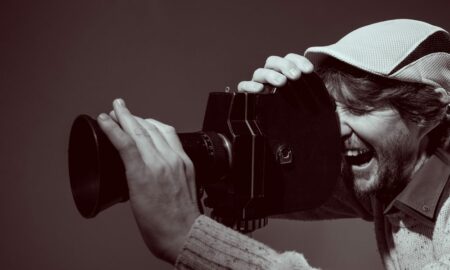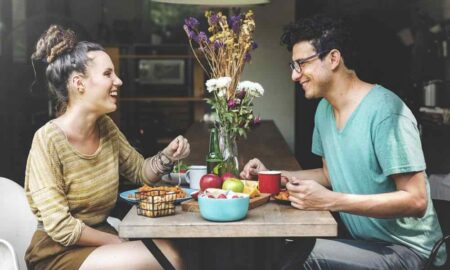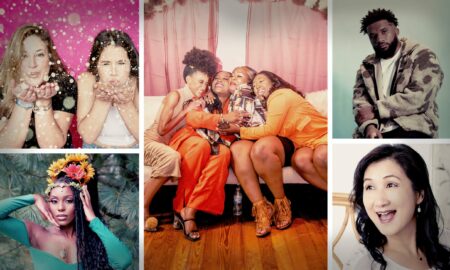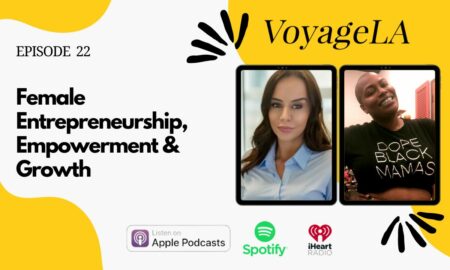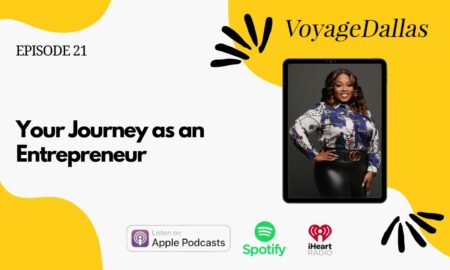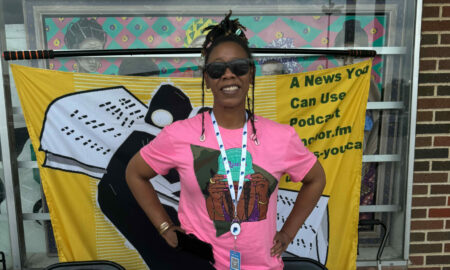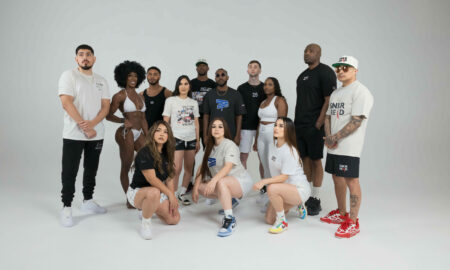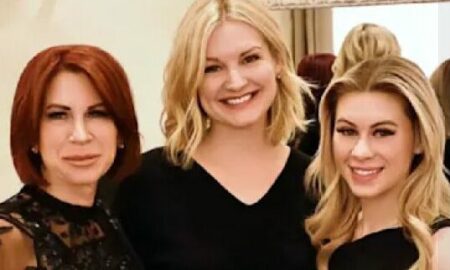

Today we’d like to introduce you to Brad Ford Smith.
So, before we jump into specific questions about the business, why don’t you give us some details about you and your story.
My parents were creative and resourceful. They did freelance commercial art that ran the gamut from making paper-mâché puppets for the Mr. Peppermint TV show to hand-lettered locker name signs for the Dallas Cowboys. They were extremely talented but pretty bad at the financial side of running a business so I grew up in a home where creative resourcefulness was a way of life.
On reflection, it is strange how dreadfully bad I was as a student yet how much I really enjoyed learning new things. Exploring and understanding art was the basic force that propelled me forward. I graduated in the first four-year class at Booker T. Washington High School in Dallas and after a few years of wandering earned my degree from the Kansas Art Institute.
In order to be surrounded by art, I moved to Chicago and started working in galleries and museums installing exhibitions. While at the Chicago Historic Society I did a very brief, rudimentary internship in the paper conservation lab where I quickly realized paper conservation involved too much stress for me … there were big tubs filled with soaking wet historic documents just waiting for me to poke my fingers through them. I did, however, discover that for me the conservation of objects was a direct path to spending quality time entwined with some of the best and quirkiest manmade works on the planet.
Has it been a smooth road?
My principal struggle is that my undiagnosed dyslexia as a kid left me with a foundation of self-doubt. I still wrestle with my insecurities whenever I start any new project. A few years ago at the Modern Art Museum of Fort Worth, Chuck Close was talking about his issues with dyslexia. That’s when I first heard about face blindness, the inability to recognize people by looking at their face.
It sounds really strange that a visual artist would have issues with recognition, but it turns out there are a lot of people out there like 2% of the population who have some level of face blindness. For me it’s mild, but it does affect social interactions like when I don’t recognize someone walking down the street as the person I met just three days ago. I always hope people will say “hello” first as I may not recognize someone even though we’ve met before.
We’d love to hear more about your business.
I have two solid passions, one is art conservation and the other is creating works of art. The two disciplines feed off of each other, flowing with the tide of cleanliness in my the studio. Art conservation requires a clean environment whereas creating works of art often requires a mess to generate inspiration.
As the owner of Studio Six Art Conservation, I have had the pleasure of working with numerous Texas museums, historic societies and private collectors. My focus is on object conservation, which includes decorative arts, folk art, pre-Columbian artifacts, ethnographic objects as well as items that fall under the general category of historic objects.
Whether it is a simple surface cleaning or a major reconstruction, art conservation is the most intimate way to interact and learn about art and artists. If I had known in high school that there was a world where my obsessive nature and art skills were so highly valued I would have jumped into art conservation sooner.
On the creative side, my recent interest in molds and fungi has led me to create the Nomadic Fungi Institute, which is where I regurgitate information into a format structured around a mutated fungus that feeds on automobiles. The Nomadic Fungi Institute is a pseudoscience-based “institution” that investigates and documents sightings of giant mushrooms growing on cars. We also conduct experiments in the NFI laboratory to ascertain the probability and rate at which these nomadic fungi will spread and eventually impact the American transportation system.
The Nomadic Fungi Institute will have an in-depth exhibition at the Texas Discovery Gardens during the State Fair this year. So drop by and find out if that knocking under your hood is something to be concerned about.
What were you like growing up, your interests, and personality.
There was plenty of love but for the most part, I grew up unsupervised. I feel fortunate that my wild youth did not result in a dramatic life-stunting catastrophe.
My oldest brother introduced me to comic books and building model airplanes. I devoured the graphics in the comic books but my dyslexia made it too difficult to read them. As for models, I meticulously built, painted and eventually blew up hundreds of model airplanes. Little did I know that I was developing a visual language and hand skills that would become a key component of my future as an artist and art conservator, excluding the blowing things up part.
At the Kansas City Art Institute I remember drawing landscapes and feeling like I was deciphering the world. That by drawing my surroundings I was digging beyond the chaos and was finding a complex code that leads to order and harmony. It felt like I was really seeing the world whereas before I was only seeing symbols, outlines and signposts.
Today, I like to think that I am still in the process of growing up… that my yearning to learn is an unquenchable resource that will lead me to more wonderful adventures and discoveries. A shout out to Kent Baker for his wonderful black & white photo portrait of me, that is part of his The Creatives.
Contact Info:
- Website: www.StudioSixArtConservation.com www.BradFordSmith.us
- Email: brad_studiosix@yahoo.com
- Instagram: bradfordsmithpics and nomadic_fungi
- Facebook: https://www.facebook.com/brad.f.smith.1
- Other: www.WorldOfNomadicFungi.com








Image Credit:
Artist’s portrait by Kent Baker
Getting in touch: VoyageDallas is built on recommendations from the community; it’s how we uncover hidden gems, so if you know someone who deserves recognition please let us know here.




